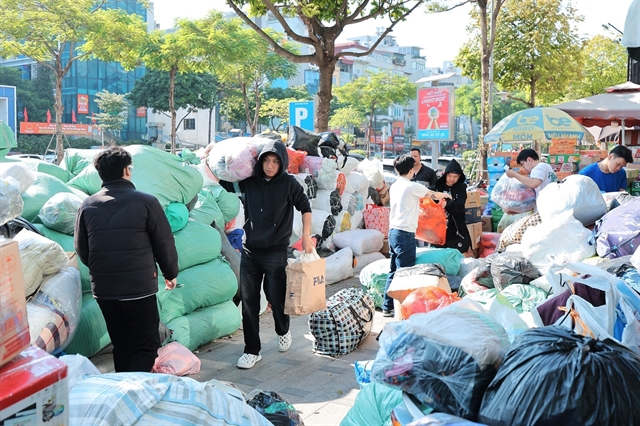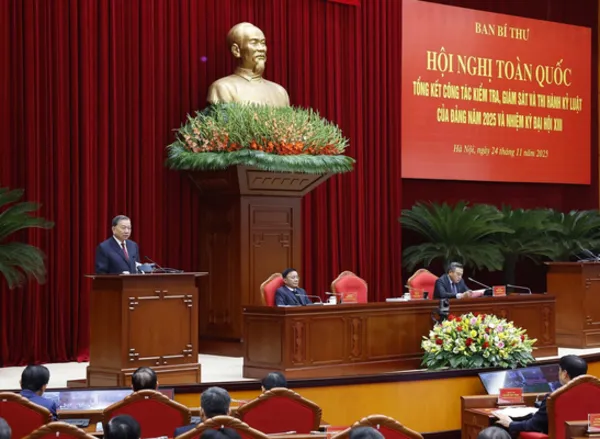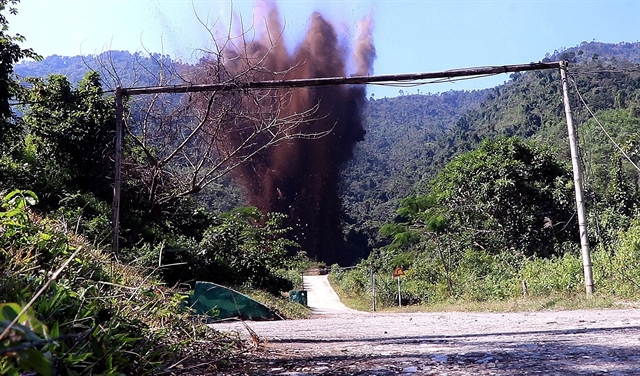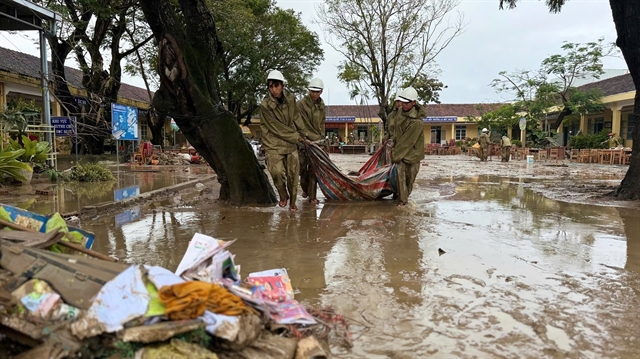- Insurance covered 9 percent of the economic losses in the region
- Flooding throughout Asia was the primary driver of disaster-related fatalities
- Record-breaking flash-flood loss in China in 2021
SINGAPORE -
Media OutReach - 23 March 2022 -
Aon plc (NYSE: AON), a leading global professional services firm, has published its
2021 Weather, Climate and Catastrophe Insight report, which evaluates the increasing frequency and severity of disruptive natural disasters and how their resulting economic losses are protected globally. This data serves as the foundation for insights that can help business leaders quantify and qualify catastrophe-related risk and assess how their organisations can increase resilience amid an increasingly volatile climate.
The report reveals a total of $343 billion in economic losses globally in 2021, $329 billion of which resulted from weather and climate-related events, making last year the third costliest year on record after adjusting for inflation. While losses were up from 2020 globally, the number of notable disaster events slightly decreased, demonstrating the heightened costliness and severity of these events.
For Asia, after three consecutive years (2018-2020) of economic losses topping $100 billion, the toll dipped to $72 billion in 2021. Of the 2021 losses, insurance covered only 9 percent of the losses compared to 38 percent of the losses covered globally.
"Clearly there is both a protection and innovation gap when it comes to climate risk," said Owen Belman, head of Asia
at Aon. "As catastrophic events increase in severity, the way that we assess and ultimately prepare for these risks cannot depend solely on historical data. We need to look to artificial intelligence and predictive models that are constantly learning and evolving to map the volatility of a changing climate and its interaction with a complex and ever-changing urban environment. With scalable solutions, organisations can make better decisions that make them more resilient as they continue to face interconnected and increasingly volatile risks."
Key findings in Asia include: - Approximately 10,500 people lost their lives due to global natural catastrophe events in 2021; 46 percent of the fatalities occurred in Asia.
- Flooding throughout Asia was the primary driver of disaster-related fatalities during the year, further accentuated by the trend of urbanisation, leading to higher population density.
- Flash flooding in Henan in July led to an economic loss of $18.6 billion, and a record-breaking $1.9 billion in covered losses, the costliest weather-related event for the Chinese insurance industry
- Super Typhoon Rai was the deadliest tropical cyclone of the year. Its landfall in late December left 409 people dead in the Philippines and one in Vietnam. Rai became the third-costliest typhoon on record in the Philippines.
- Seasonal flooding in India led to 1,282 deaths.
- The costliest tropical cyclone in Asia was India's Cyclone Yaas, with almost $3 billion in economic losses.
- Malaysia encountered its costliest and most extensive flood event on record in December, with total economic losses topping $2 billion.
- In Japan, the most damaging catastrophes were attributed to the earthquake peril. The combined economic loss was nearly $9 billion, mainly from the Fukushima (February) and Miyagi (March) events.
- Taiwan set a new national temperature record - 40.6°C (105.1°F) - on 11 August.
"Many Asian communities are exposed to increasingly volatile weather conditions that are in part enhanced by the growing effects of climate change," said Brad Weir, head of Analytics, Asia for Reinsurance Solutions at Aon. "This includes record-setting rainfall and flooding, intense landfalling tropical cyclones, droughts and winter storms. With one of the lowest levels of insurance coverage and rapidly evolving urbanized centres, addressing vulnerabilities related to climate risk is not only critical but also presents many challenges. We can no longer build or plan to meet the climate of yesterday. With physical damage loss costs rising, this is also leading to lingering global disruptions to supply chains and various humanitarian and other asset-related services. There is an ongoing need for public and private entities to collaborate and help bridge the gap of insurance protection. The path forward for organisations and governments must include sustainability and mitigation efforts to navigate and minimize risk as new forms of disaster-related volatility emerge."
The full report and a short video are available on Aon's interactive
microsite. Along with this report, readers can access current and historical natural catastrophe data and event analysis at
catastropheinsight.aon.com.
About Aon
Aon plc (NYSE: AON) exists to shape decisions for the better — to protect and enrich the lives of people around the world. Our colleagues provide our clients in over 120 countries with advice and solutions that give them the clarity and confidence to make better decisions to protect and grow their business.
Follow Aon on
Twitter and
LinkedIn. Stay up-to-date by visiting the
Aon Newsroom and sign up for News Alerts
here.
#Aon
The issuer is solely responsible for the content of this announcement.

 Media-OutReach Newswire
Media-OutReach Newswire










